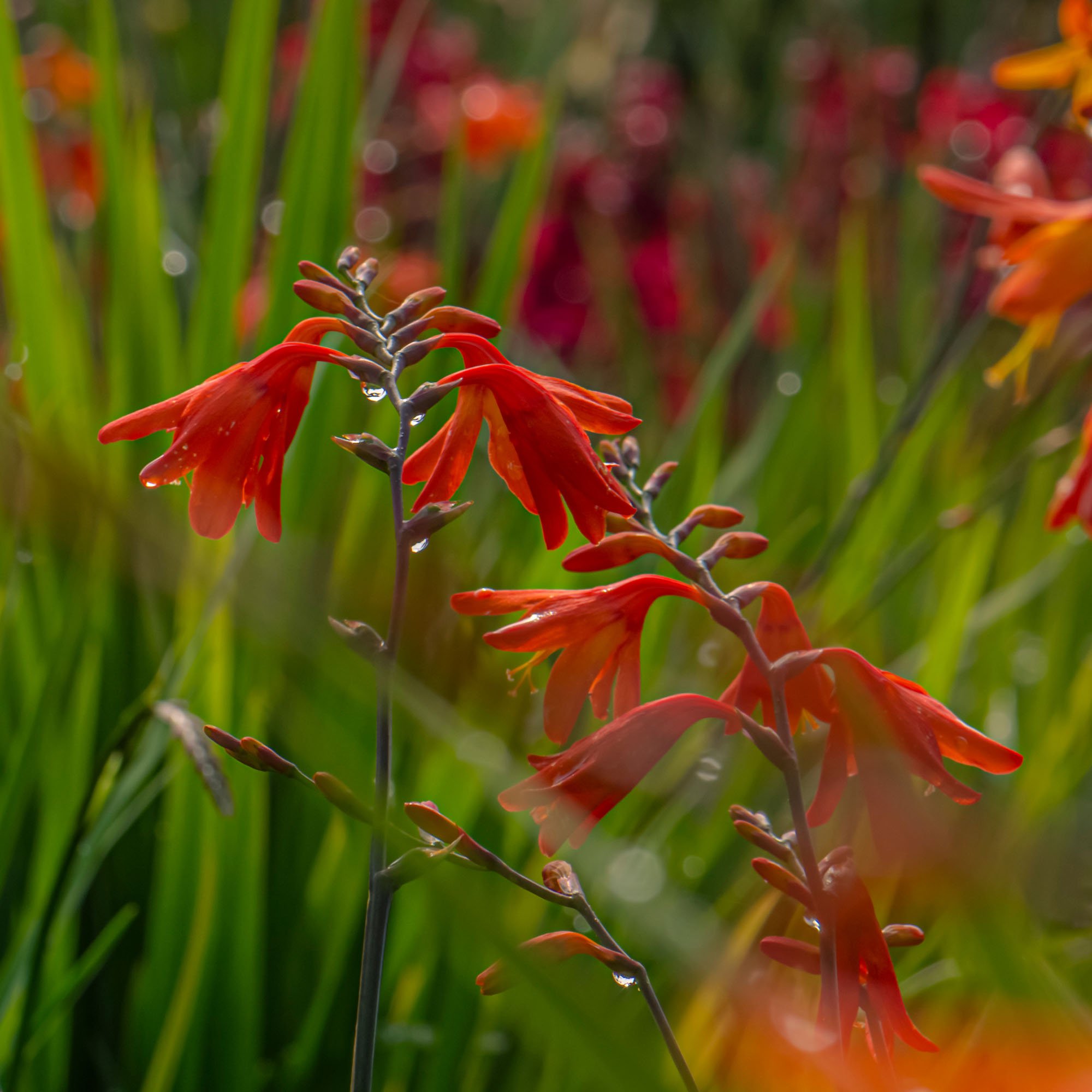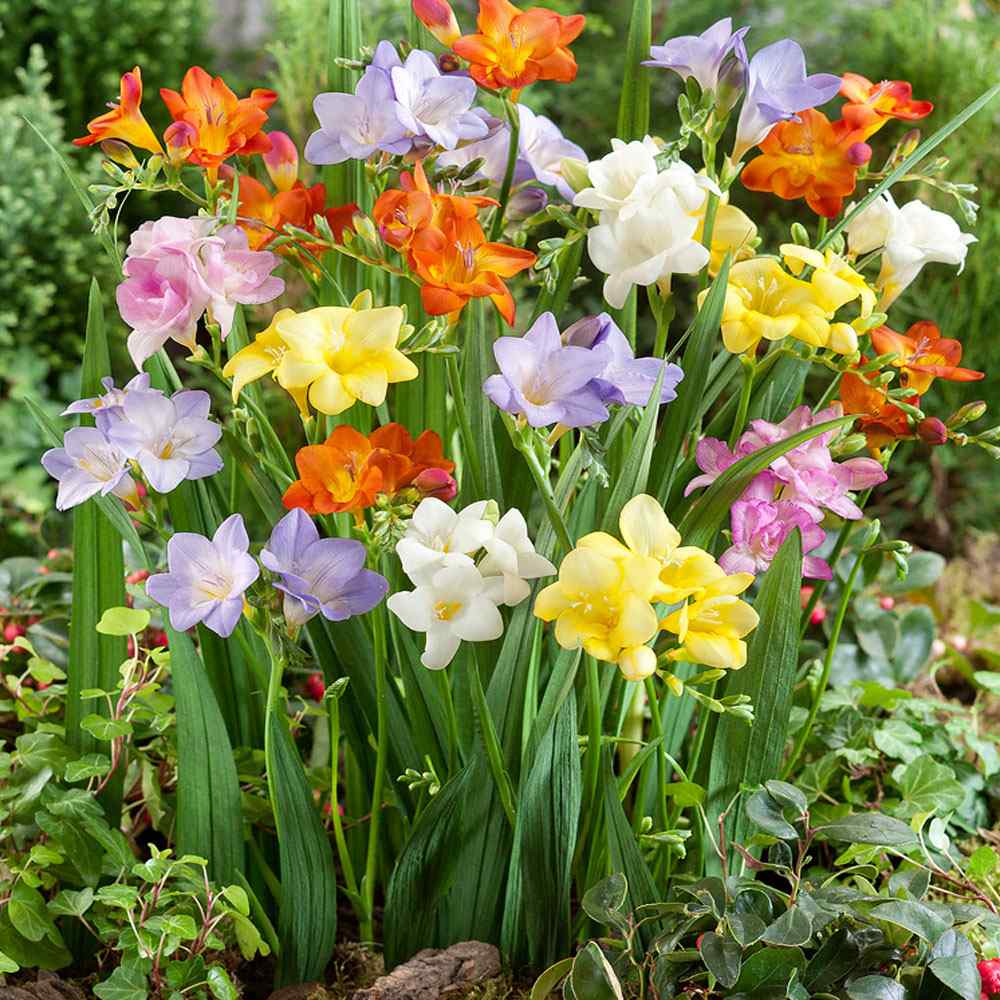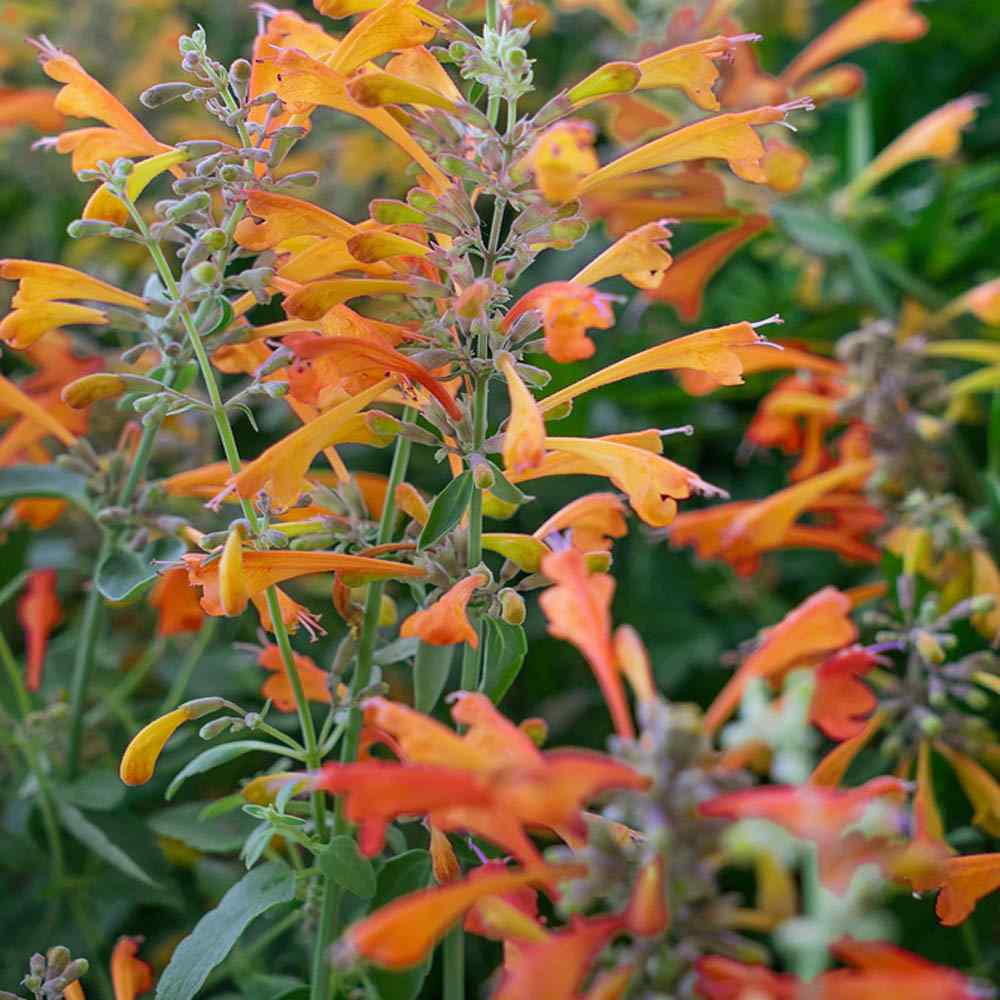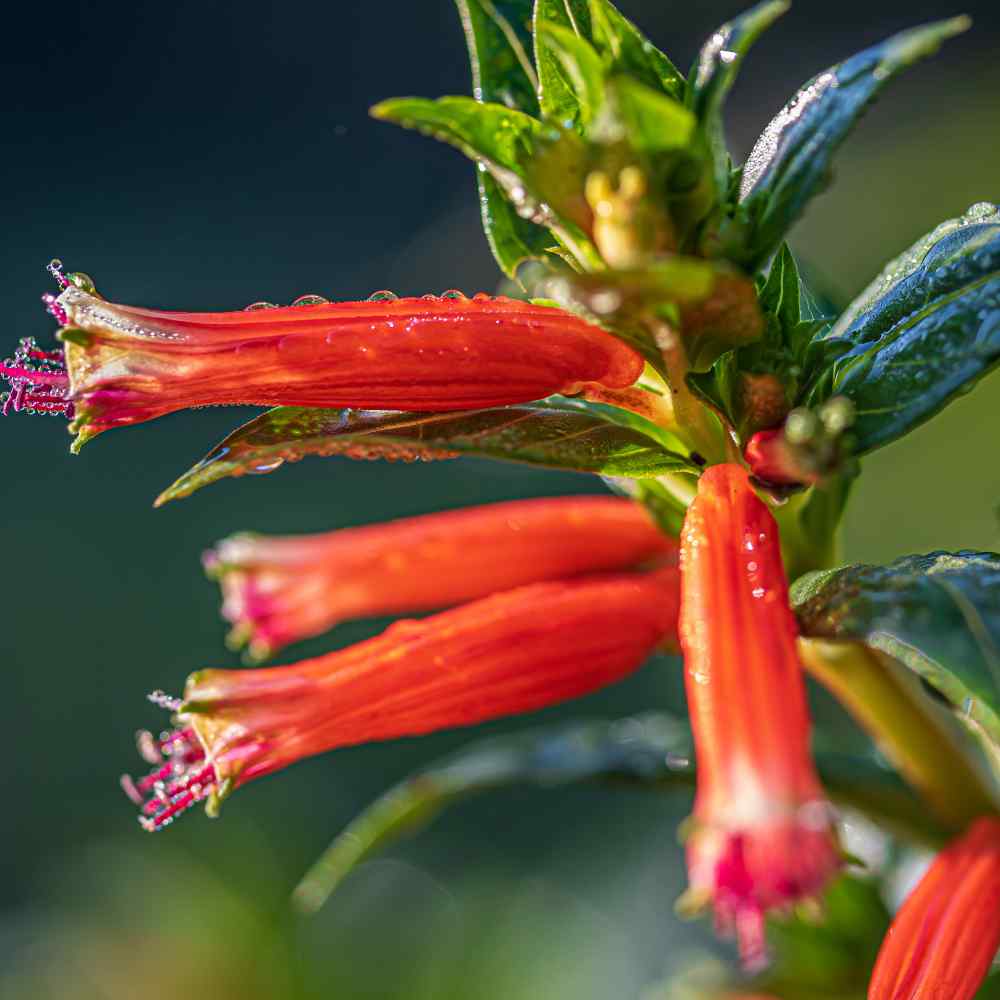
Crocosmia Planting and Care Guide
Quick Facts About Crocosmia
Crocosmia is a superbly showy perennial that flowers during summer. It produces vivid blooms that appear in a zig-zag pattern down the ends of its stems.
Planting Time
Crocosmia is best started indoors 8-10 weeks before the last expected frost.

Planting Location
Crocosmia should be grown in an area of full sun with fertile, moist soil that drains well.
How to Grow Crocosmia
- Sow these seeds into trays or small pots filled with a seed starter mix.
- Sow 4-5 seeds per plant at a depth of 1/4 inch, and lightly cover.
- Keep seeds moist and at a temperature of 60-70F degrees. Under proper conditions, germination should occur in 2-3 weeks.
- Once all frost danger has passed and seedlings have a few sets of true leaves, thin to the strongest seedling and transplant outdoors spaced 1-2 feet apart.
- Before transplanting seedlings into the garden, it's essential to "harden them off". This involves acclimating young plants to outdoor conditions by placing them in a sheltered outdoor area for about a week. Initially, shield them from strong winds and direct sunlight. If there's a risk of frost overnight, either cover the plants or bring them indoors, then return them outside in the morning. This hardening off method helps strengthen the plant's cell structure, minimizing transplant shock and sun damage.

Care And Maintenance
- Keep weeds under control during the growing season. Weeds compete with plants for water, space and nutrients, so control them by either cultivating often or use a mulch to prevent their seeds from germinating.
- Mulches play a vital role in preserving soil moisture and ensuring consistent soil temperatures. When it comes to annuals, using organic mulch made from shredded leaves not only enhances the appearance of the bed but also enriches the soil as it decomposes over time. Remember to keep mulch away from the plant stems to avoid potential rot issues.
- Keep soil consistently moist (but not wet) by watering weekly during the growing season.
- Crocosmia does not require fertilization (excess nourishment can lead to fewer blooms), but it can benefit from an application of organic mulch.
- Deadhead spent blooms to encourage further flowering. When leaves begin to wither at the end of the season, cut the foliage down to ground level.
- Crocosmia forms corms (bulbs) under the soil that help them survive winter, but in colder climates these should be dug up and brought indoors to overwinter.




































